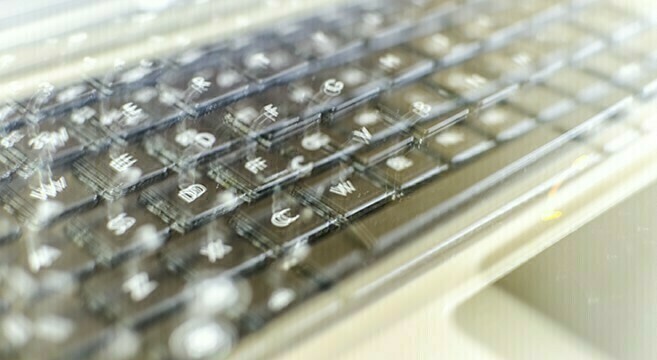About the Author
NK News
NK News is a North Korea specialist news and information resource head-quartered in Delaware, U.S.A.

Get behind the headlines
|
News North Korean tablet, laptop imports increaseDesktops exports from China to DPRK appear to fall at same rate  North Korean imports of tablet computers increased throughout 2014, from zero last December to more than 4000 units per month in October, according to Chinese customs data. The figures also confirm that laptop use among North Koreans has increased five-fold since 2009, though appearing to taper off in 2014, with October imports only slightly ahead of those seen over the same period last year. © Korea Risk Group. All rights reserved. |